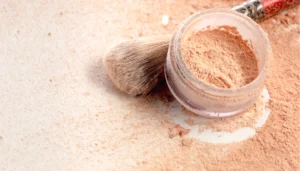Powder product photography is an art that demands attention to detail, creativity, and technical finesse. Whether you are capturing the vibrant pigments of cosmetics, the fine texture of spices, or the softness of talcum powder, every aspect of the photo plays a crucial role in conveying the essence of the product.
In this guide, we will explore various aspects of powder product photography, including lighting techniques, color contrasts, the use of props, selecting the right background, and capturing dynamic shots.
Lighting techniques to enhance textures and colors
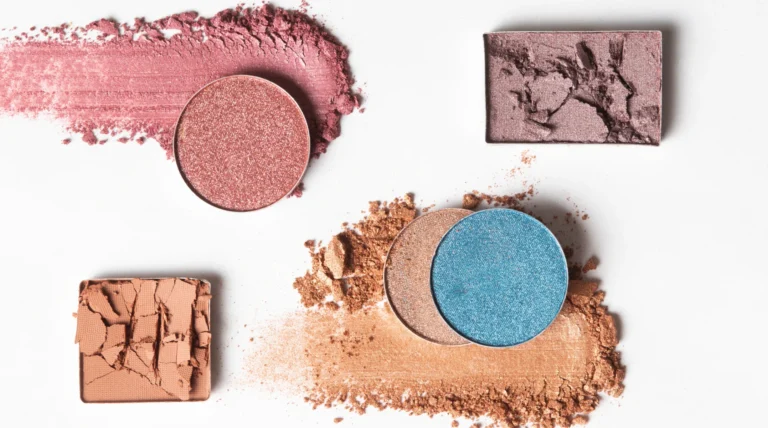
Lighting is a cornerstone of successful powder product photography, influencing how textures, colors, and details are portrayed. Mastering various lighting techniques can transform a mundane image into a visually compelling representation of your product. From diffused lighting for a soft and even glow to experimenting with colored gels for creative effects, understanding how light interacts with your powder products is key to capturing their essence.
Achieving the right lighting is fundamental to capturing the textures and colors of powder products. Soft, diffused light is often preferred to minimize harsh shadows and highlight the product’s details. Utilize a lightbox or softbox to create even illumination that showcases the fine particles without causing unwanted reflections.
Experiment with backlighting to add a touch of transparency to your powder products. This technique is particularly effective with translucent powders or products with unique textures. Position the light source behind the product, allowing it to glow and reveal its intricacies.
Side lighting can enhance the three-dimensional quality of your powder product. Positioning the light source to the side creates shadows that highlight the depth and texture of the powder. This technique is excellent for showcasing the granular or velvety nature of the product.
Create a dramatic spotlight effect by using a focused light source to illuminate specific areas of the powder product. This technique adds depth and draws attention to key features, creating a captivating interplay of light and shadow.
Experiment with colored gels placed over your lights to introduce subtle hues to the scene. This technique can add a touch of creativity by tinting the light with complementary or contrasting colors, enhancing the overall vibrancy of the image.
In conclusion, mastering lighting techniques is the foundation of exceptional powder product photography. As you explore these techniques, remember that each lighting choice contributes to the overall visual narrative, allowing your powder products to shine in the best possible light.
Color contrasts for visual impact
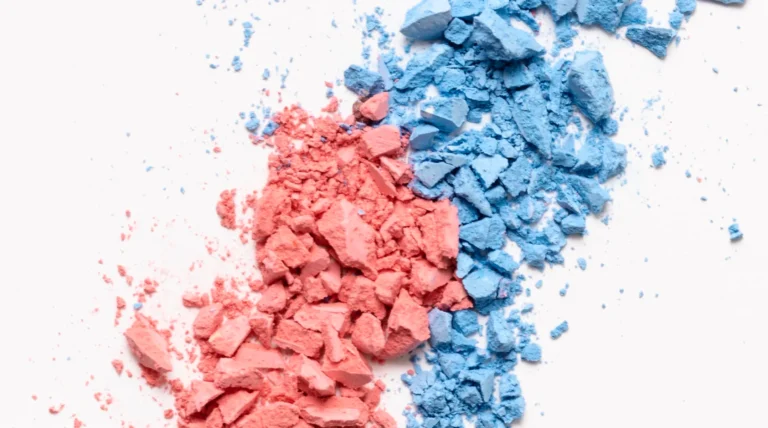
Color contrasts are essential in product photography to create visually striking and memorable images. Selecting the right color palette for your background, props, and product can create harmonious compositions or high-impact visuals.
Whether opting for complementary colors to enhance vibrancy or exploring analogous schemes for a more subtle approach, understanding the principles of color contrast is essential for crafting compelling and aesthetically pleasing images. So, here are a few tips you can use to enhance your product images.
Complementary Backgrounds – Choose a background that complements the colors of the powder product. For vibrant and warm-toned powders, consider cool-toned backgrounds, and vice versa. This creates a visually appealing contrast that makes the product stand out. Experiment with various color combinations to find the most striking contrast.
Monochromatic Harmony – Alternatively, you can opt for a monochromatic approach by selecting a background that matches the dominant color of the powder. This creates a harmonious and elegant composition, allowing the product to take center stage while maintaining a cohesive visual appeal.
Incorporate Accents – Introduce small accents of color in the background or with props to add visual interest. This can be achieved through subtle props or backdrops that complement the powder’s color palette without overshadowing the main product.
Use Analogous Color Schemes – For a harmonious and pleasing visual experience, select background colors that are adjacent to the color wheel to create an analogous color scheme. This enhances the overall aesthetic of the product with subtle color variations.
High-Contrast Combinations – Opt for high-contrast combinations by pairing bold, saturated colors with neutral backgrounds. This creates a visually striking composition, allowing the powder product to pop against a backdrop that intensifies its vibrancy.
To sum up, color contrasts are the secret ingredient that makes your powder product photography visually compelling. By carefully considering your color choices, you ensure your powder products stand out and resonate aesthetically with your audience, creating a lasting visual impact.
Props for context and visual interest
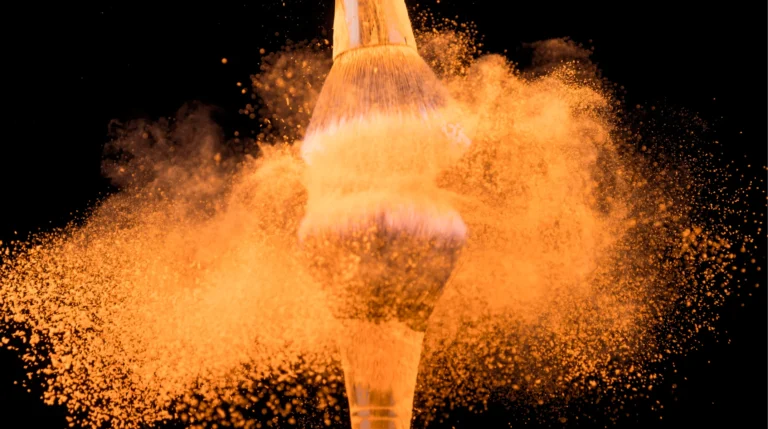
Props are more than just embellishments; they are storytellers within your powder product photography. Thoughtfully chosen props can provide context, convey product usage, and add layers of visual interest.
From brushes and applicators to reflective surfaces and natural elements, integrating props is an art that contributes to the overall narrative, helping your audience connect with the product on a deeper level.
Include brushes or applicators relevant to the product to provide context and convey its usage. This adds a touch of authenticity to the image and helps potential customers envision the product in action.
Highlight distinctive packaging elements, such as logos or intricate designs, to emphasize brand identity. This not only adds context but also contributes to building brand recognition.
For a more narrative approach, incorporate lifestyle props that evoke the intended use of the product. For example, a cup of tea next to a jar of tea leaves can create a cozy and inviting atmosphere.
Consider adding reflective surfaces like mirrors or metallic props to add a touch of glamor and sophistication to your powder product photography. These elements can introduce dynamic reflections, enhancing the overall visual appeal.
Bring the outdoors inside by integrating natural elements such as flowers, leaves, or pebbles. This adds a sense of freshness and authenticity and provides an interesting juxtaposition against the powdered product.
Props are more than just accessories in powder product photography. They are storytellers which enhance the narrative and help your audience connect emotionally with the product and brand. Remember that props are powerful tools in shaping the visual story, so, be careful when selecting them.
Selecting the right background
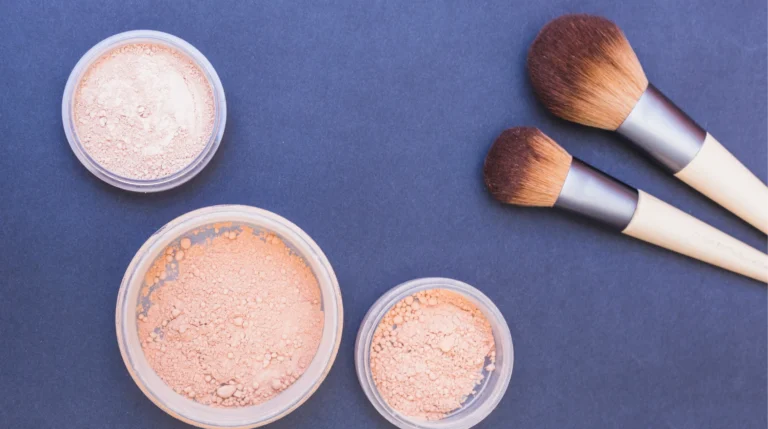
The backdrop against which your powder product is showcased influences the overall tone and impact of your photographs. Backgrounds set the stage, providing a visual context and enhancing the product’s allure.
Whether opting for seamless and clean backgrounds, textured surfaces, or customized designs, selecting the right background is a crucial decision that elevates your photography to new heights.
- Textured Backdrops – Experiment with textured backdrops to enhance the overall visual appeal. Textures like marble, wood, or fabric can add depth to the composition without distracting from the powder product itself.
- Seamless Backgrounds – For a clean and modern look, use seamless backgrounds in neutral colors. White, black, or gray backdrops eliminate distractions, allowing the powder’s colors and textures to take center stage.
- Customized Backgrounds – Consider creating custom backgrounds that align with the brand’s aesthetic or the product’s theme. This can involve digitally designed patterns or textures that enhance the product’s visual narrative.
- Gradient Backgrounds – Experiment with gradient backgrounds that transition from one color to another. This adds a subtle and visually appealing transition, providing a unique backdrop that complements the color palette of the powder product.
- Patterned Fabrics – Incorporate patterned fabrics or textiles as backgrounds to introduce texture and visual interest. Patterns like stripes, dots, or geometric shapes can create an engaging backdrop without overshadowing the main product.
In summary, backgrounds are the canvas on which your powder products come to life. The careful selection of backgrounds contributes to the overall atmosphere of your images, creating a cohesive and visually appealing presentation that enhances the allure of your powder products.
Capturing dynamic shots
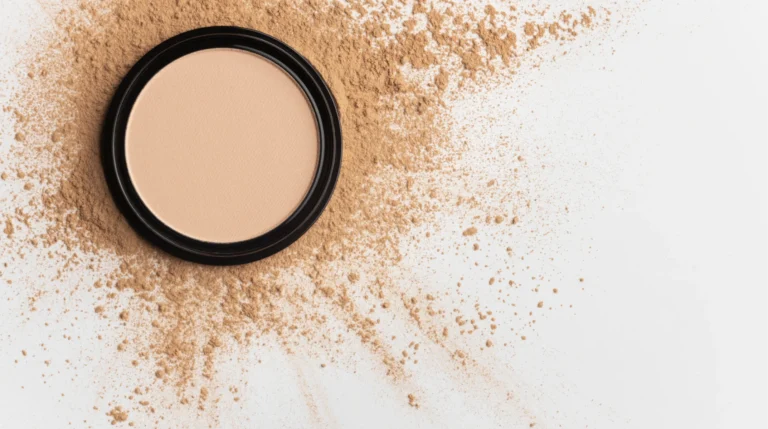
Dynamic shots add life and energy to your product photography, transcending static imagery. From capturing mid-action moments to suspending powder in the air, dynamic shots create a sense of movement and intrigue.
Whether using macro photography to highlight intricate details or incorporating motion blur for a cinematic effect, exploring diverse dynamic shot ideas adds a layer of creativity that keeps your audience captivated and engaged. Here are a few ideas to help you create more captivating and attention-grabbing images.
To add a sense of movement and dynamism, capture mid-action shots. This could involve sprinkling or pouring the powder while simultaneously photographing the moment. Use a fast shutter speed to freeze the action and ensure sharp images.
Create visually captivating shots by capturing suspended powder moments. This could be achieved by tossing the powder into the air or using props like balloons or fans to keep the powder airborne. Experiment with different angles and compositions to find the most compelling shots.
Don’t forget to capture close-up shots to highlight the intricate details of the powder. Zoom in on the texture, color gradients, and any unique patterns, providing potential customers with a close and intimate view of the product.
Explore the world of macro photography to capture extreme close-ups of the powder product. Highlight the intricate details and textures, revealing a level of detail that might go unnoticed in standard shots.
Introduce motion blur by capturing shots of the powder product in motion with a slower shutter speed. This technique conveys a sense of energy and movement, providing a dynamic and visually intriguing perspective. Experiment with controlled movements to achieve the desired effect while maintaining focus on the product.
To sum up, using dynamic shots can add a sense of liveliness and curiosity to your powder product photography. As you try out these techniques, keep in mind that dynamic shots not only display your powder products in a more captivating manner but also encourage your audience to interact with the products in a dynamic and visually appealing way.
10 reasons to use CGI for powder product photography

Computer-generated imagery is a powerful tool in powder product photography, offering several advantages over traditional photography. Here are 10 reasons why should test us for free and opt for digital powder product photography:
Perfect Control Over Lighting: CGI allows you to have complete control over lighting conditions. You can experiment with different lighting setups, angles, and intensities to achieve the perfect look for your powder product without the constraints of real-world lighting.
Consistency in Color and Texture: 3D renders ensure consistent color and texture rendering, eliminating variations that might occur in traditional photography due to lighting changes or environmental factors. This helps in maintaining brand consistency across different platforms.
Dynamic Composition and Perspectives: With computer-generated images, you can experiment with various compositions and perspectives without the limitations of physical products. This allows you to create visually appealing and unique images that may be challenging to achieve with traditional photography.
Efficient Product Prototyping: If you’re in the early stages of product development, it allows you to create realistic prototypes of your powder product without the need for physical samples. This can save time and resources in the design and testing phases.
Easy Iteration and Revisions: Making changes or revisions is easier if your project is digital instead of reshooting with traditional photography. You can tweak elements like color, size, or packaging without an entire photoshoot.
Simulating Realistic Environments: it enables you to place your powder product in virtual environments, providing contextual settings that enhance the overall visual appeal. This can be particularly useful for marketing materials or advertisements.
Cost Savings in the Long Run: it can be cost-effective in the long run. You won’t incur additional costs for reshoots, and you have the flexibility to reuse the CGI assets in various marketing materials.
Highlighting Unique Features: CGI allows you to emphasize specific features of your powder product by manipulating the visuals. Whether it’s showcasing the texture, color gradients, or intricate details, it provides the tools to highlight what makes your product stand out.
Creating Engaging Animations: With 3D renders, you can easily create dynamic animations showcasing the application or usage of your powder product. This adds an interactive and engaging element to your marketing materials.
Virtual Reality (VR) and Augmented Reality (AR) Integration: If applicable, digital assets can be used in virtual and augmented reality experiences, providing an immersive way for customers to interact with your powder product before making a purchase decision.
When utilizing CGI for powder product photography, it’s essential to work with skilled CGI artists or studios to ensure a high level of realism and attention to detail.
You can try us for free and see how CGI can help your product photography reach new heights and propel you ahead of your competition.
Wrapping up
To master powder product photography, you need to combine various lighting techniques, color contrasts, props, background selection, and dynamic shot composition thoughtfully. By paying attention to these elements and experimenting with different approaches, you can create mesmerizing images that showcase your product and tell a visual story that resonates with your audience.
FAQ
What are some creative ideas for powder product photography?
Consider overhead shots showcasing the texture, close-ups highlighting intricate details, or dynamic shots capturing the powder in motion. Experiment with colored backgrounds, contrasting elements, and incorporating natural elements like flowers or spices to add visual interest.
How can light enhance powder product photography?
Play with different lighting setups to create shadows that accentuate texture. Experiment with backlighting to create a luminous effect, side lighting for depth, or soft diffused light to showcase a smooth finish. Consistent and controlled lighting is key to bringing out the best in powder products.
Are there advantages to using CGI in powder product photography?
Yes, CGI offers complete control over lighting, and color consistency, and allows for dynamic compositions. It facilitates easy iteration, efficient prototyping, and cost savings in the long run. Additionally, CGI enables the creation of virtual environments and animations, adding a layer of creativity to powder product visuals.
How can I highlight the unique features of my powder product through photography?
Focus on close-up shots to showcase intricate details, experiment with macro photography to emphasize texture, and use contrasting backgrounds to highlight specific colors or gradients. Employ creative angles to capture the product from different perspectives, drawing attention to its distinctive features.
What role do virtual reality and augmented reality play in powder product photography?
Virtual and augmented reality integration provides an immersive experience for customers. CGI assets can be used to create interactive 3D models, allowing customers to virtually explore and engage with the powder product before making a purchase. This technology enhances the overall customer experience and aids in decision-making

